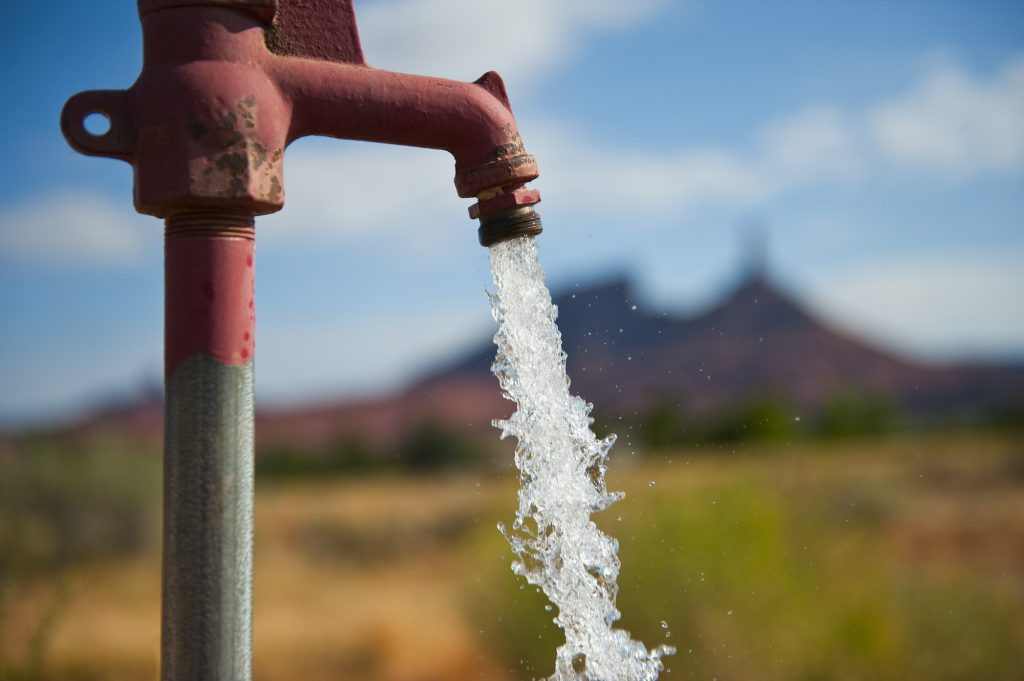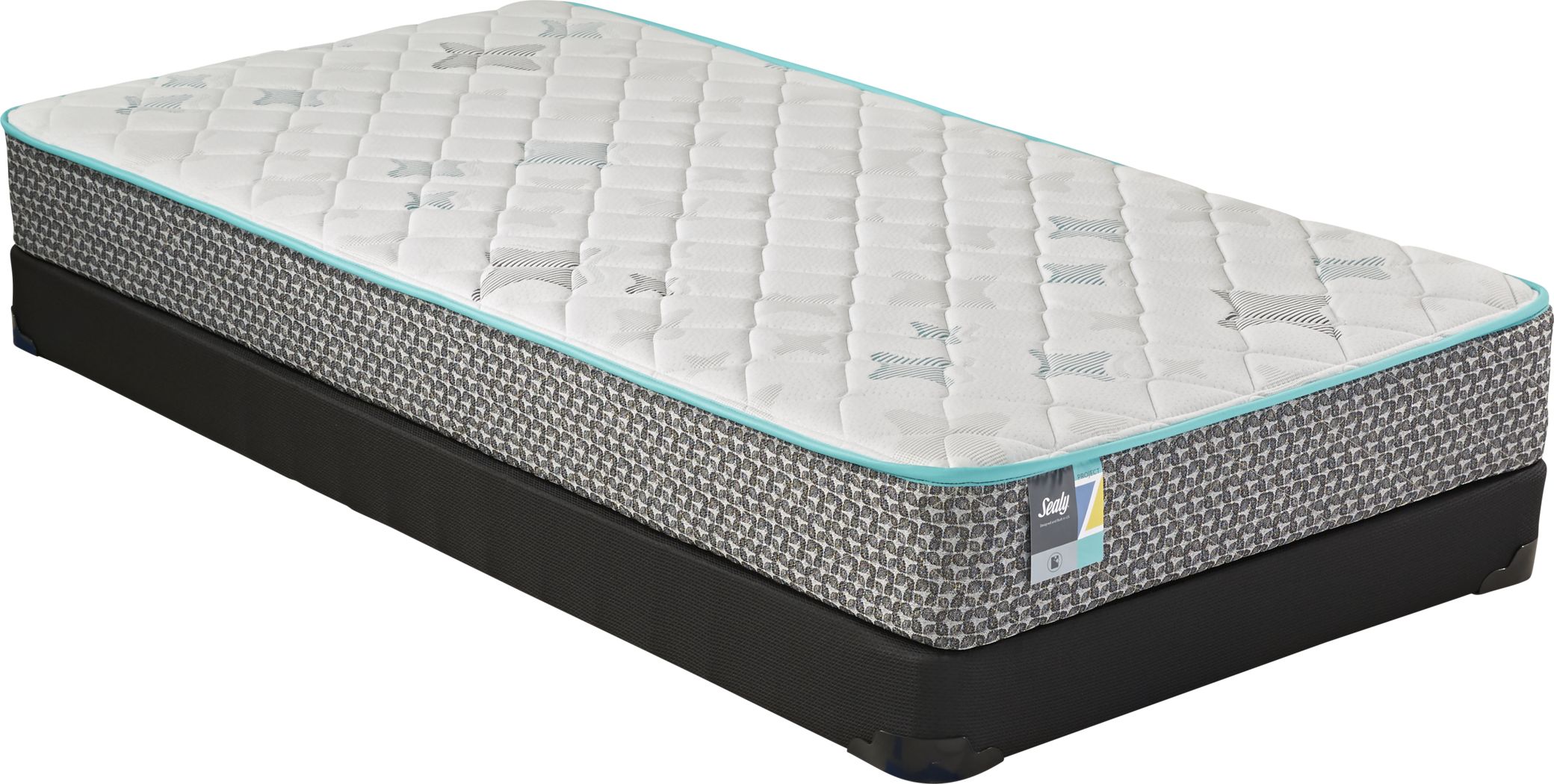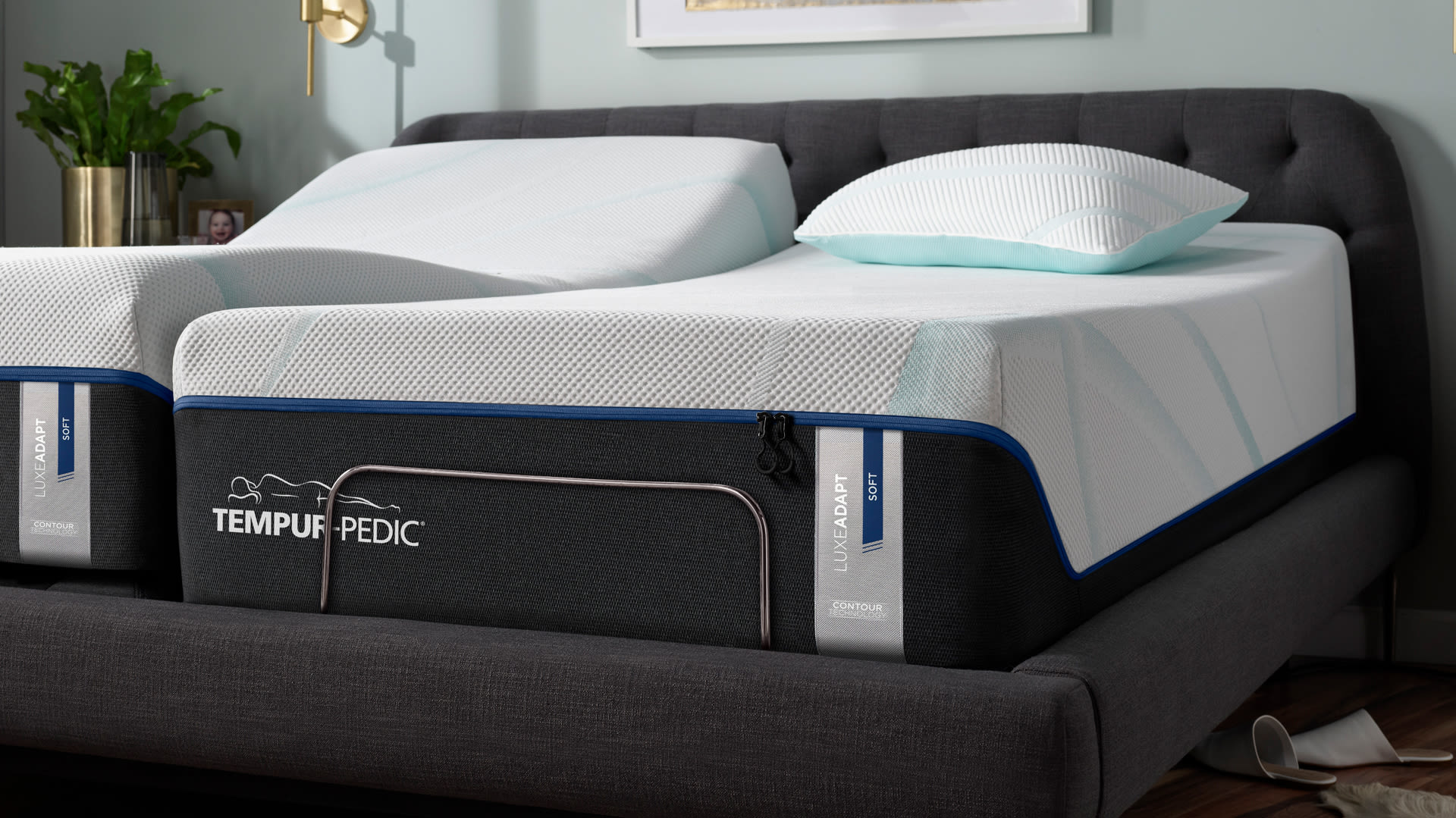If you're tired of the constant dripping of your kitchen sink faucet, it's time to fix that leak once and for all. Not only is a leaky faucet annoying, but it can also be wasting water and increasing your water bill. Luckily, fixing a leaky kitchen sink faucet is a relatively easy DIY project that can save you time and money. Here's how to do it: 1. Turn off the water supply: Before you begin any work on your faucet, make sure to turn off the water supply to avoid any accidents. 2. Identify the source of the leak: The first step in fixing a leaky faucet is identifying where the leak is coming from. Is it the spout or the handle? This will determine the type of repair you need to make. 3. Replace the O-ring or cartridge: If the leak is coming from the handle, it's likely due to a worn out O-ring or cartridge. You can easily replace these parts with a new one from your local hardware store. 4. Tighten loose connections: If the leak is due to loose connections, you can simply tighten them with a wrench. Be careful not to over-tighten them, as this can cause damage to your faucet. 5. Check the washer and valve seat: A worn out washer or valve seat can also cause a leaky faucet. You can replace these parts or clean them with a wire brush to remove any buildup. 6. Reassemble the faucet: Once you have made the necessary repairs, reassemble the faucet and turn the water supply back on. Test to see if the leak has stopped.How to Fix a Leaky Kitchen Sink Faucet
If your kitchen sink faucet is beyond repair or you simply want to upgrade to a new one, replacing it is a straightforward process. Here's how to do it: 1. Turn off the water supply: As with fixing a leaky faucet, the first step is to turn off the water supply. 2. Remove the old faucet: Use a wrench to loosen and remove the nuts and bolts holding the old faucet in place. Once removed, lift the faucet out of the sink. 3. Clean the area: Before installing the new faucet, make sure to clean the area to remove any debris or old caulk. 4. Install the new faucet: Follow the manufacturer's instructions for installing the new faucet. This may involve attaching a base plate, mounting the faucet, and connecting the water supply lines. 5. Test for leaks: Once the new faucet is installed, turn the water supply back on and test for any leaks. If there are any, tighten the connections or replace any faulty parts.How to Replace a Kitchen Sink Faucet
If you live in an area with hard water, you know the struggle of dealing with mineral buildup on your kitchen sink faucet. To combat this issue, it's important to invest in a faucet that is specifically designed for hard water. Here are some of the best options on the market: Moen 7594SRS Arbor One-Handle Pulldown Kitchen Faucet: This faucet features a spot-resistant stainless steel finish and a pulldown spray head that makes cleaning and rinsing a breeze. Kohler K-596-VS Simplice Single-Hole Pull-Down Kitchen Faucet: With a durable ceramic disc valve and a high-arch spout, this faucet is built to last and can easily handle hard water buildup. Delta Faucet Trinsic Pro Single-Handle Spring Spout Kitchen Sink Faucet: This commercial-style faucet not only looks sleek, but also features a touch-clean spray head to easily remove any hard water buildup.Best Kitchen Sink Faucets for Hard Water
If you're in the process of remodeling your kitchen or simply want to upgrade your faucet, installing a new one can seem like a daunting task. However, with the right tools and instructions, it can be a simple DIY project. Here's how to install a kitchen sink faucet: 1. Gather your tools: Before you begin, make sure you have all the necessary tools, including a wrench, pliers, and plumber's putty. 2. Turn off the water supply: As with any plumbing project, the first step is to turn off the water supply. 3. Remove the old faucet: Follow the steps outlined in the "How to Replace a Kitchen Sink Faucet" section to remove the old faucet. 4. Clean the area: Make sure to clean the area where the new faucet will be installed to remove any debris or old caulk. 5. Install the new faucet: Follow the manufacturer's instructions for installing the new faucet, making sure to use plumber's putty to create a watertight seal. 6. Connect the water supply lines: Once the faucet is installed, connect the water supply lines and turn the water supply back on. 7. Test for leaks: Test the new faucet for any leaks and make any necessary adjustments.How to Install a Kitchen Sink Faucet
Even with regular maintenance, kitchen sink faucets can encounter problems from time to time. Here are some common issues and how to troubleshoot them: Low water pressure: If your faucet is experiencing low water pressure, the aerator may be clogged with mineral buildup. Remove the aerator and clean it with a mixture of equal parts white vinegar and water. Spout is leaking: A leaking spout is often caused by a worn out O-ring or cartridge. Replace these parts to stop the leak. Faucet won't turn on: If your faucet won't turn on, check to make sure the water supply is turned on and the handle is not stuck. If the handle is stuck, try using a lubricant to loosen it. Strange noises: If your faucet is making strange noises, it could be due to a loose washer or valve seat. Tighten or replace these parts to eliminate the noise.Troubleshooting Common Kitchen Sink Faucet Problems
Updating your kitchen sink faucet doesn't have to break the bank. Here are some top-rated options for under $100: Moen 7425 Chateau One-Handle Low Arc Kitchen Faucet: This classic faucet features a durable chrome finish and a single handle for easy temperature and water flow control. Danze D405521SS Antioch Single Handle Kitchen Faucet: With a sleek stainless steel finish and a swivel spout, this faucet is both functional and stylish. Kraus KPF-2110 Single Lever Stainless Steel Pull Out Kitchen Faucet: This modern faucet has a pull-out sprayer and a stainless steel finish that resists water spots and fingerprints.Top-Rated Kitchen Sink Faucets for Under $100
To keep your kitchen sink faucet looking and functioning its best, regular cleaning and maintenance is key. Here's how to do it: 1. Clean regularly: Wipe down your faucet with a mild soap and warm water to remove any dirt or grime buildup. 2. Use a toothbrush for hard-to-reach areas: A toothbrush can come in handy for cleaning hard-to-reach areas, such as around the base of the faucet and in the crevices of the handles. 3. Remove mineral buildup: To remove mineral buildup, soak a cloth in equal parts white vinegar and water and wrap it around the faucet. Let it sit for 15 minutes before wiping it clean. 4. Lubricate moving parts: Regularly lubricate any moving parts, such as the handle and spout, to ensure smooth operation. 5. Check for leaks: Keep an eye out for any leaks and address them promptly to avoid bigger problems down the road.How to Clean and Maintain Your Kitchen Sink Faucet
With so many options on the market, choosing the right kitchen sink faucet for your home can seem overwhelming. To help you make the best decision, here are some factors to consider: Style: Consider the style of your kitchen and choose a faucet that complements it. Whether you prefer a modern, traditional, or industrial look, there's a faucet to match. Functionality: Think about how you will be using your faucet. Do you need a sprayer or a pull-down feature? Consider your needs to find a faucet that is both functional and convenient. Finish: Faucets come in a variety of finishes, from chrome to bronze to matte black. Choose a finish that not only matches your kitchen's aesthetic, but also resists water spots and fingerprints. Budget: Kitchen sink faucets can range in price from under $50 to over $500. Determine your budget and choose a faucet that fits within it.Choosing the Right Kitchen Sink Faucet for Your Home
If you're looking to upgrade your kitchen sink faucet without spending a lot of money, there are a few ways to do so on a budget: 1. Consider a simple upgrade: If your current faucet is functional but just doesn't fit your style, consider simply replacing the handles or spout for a new look. 2. Shop sales: Keep an eye out for sales or discounts on kitchen sink faucets to get a high-quality faucet at a lower price. 3. Look for refurbished or gently used faucets: You can often find gently used or refurbished faucets for a fraction of the cost of a brand new one. 4. DIY installation: By installing the new faucet yourself, you can save on installation costs.How to Upgrade Your Kitchen Sink Faucet on a Budget
There's nothing more frustrating than when your kitchen sink faucet won't turn on. Here are some common reasons why this may happen: Low water pressure: If there is low water pressure, the faucet may not turn on. Check the water supply and make sure it is turned on. Blocked aerator: A clogged aerator can also cause low water pressure. Remove the aerator and clean it to restore proper water flow. Handle is stuck: If the handle is stuck, try using a lubricant to loosen it. If that doesn't work, there may be an issue with the handle mechanism that requires replacement. Broken cartridge: A broken cartridge can prevent the faucet from turning on. This part will need to be replaced to fix the issue.Common Reasons Why Your Kitchen Sink Faucet Won't Turn On
Choosing the Perfect Kitchen Sink Faucet for Your Home
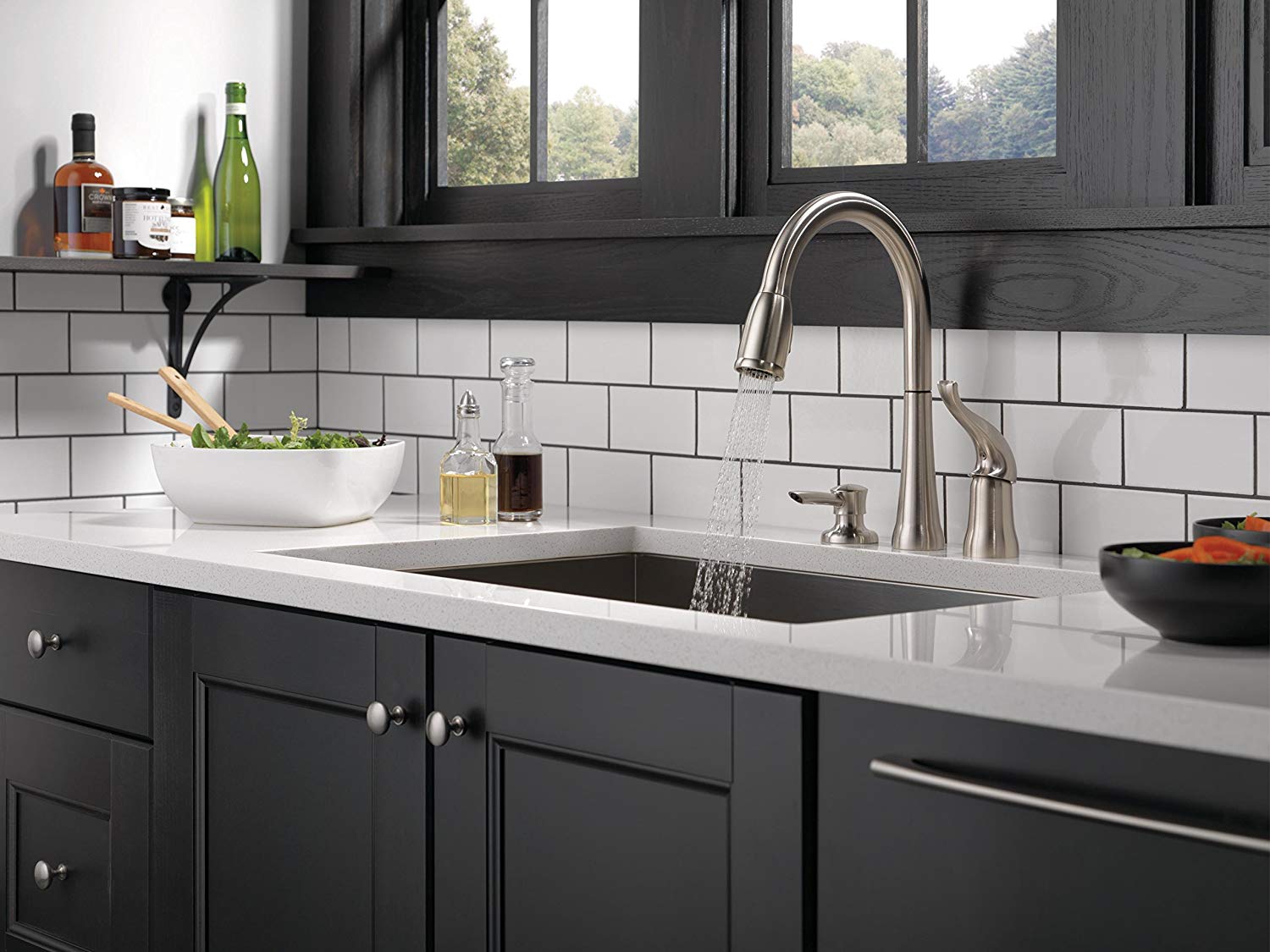
Introduction
 When it comes to designing your dream kitchen, every little detail matters. From the cabinets to the countertops, every element plays a crucial role in creating a functional and aesthetically pleasing space. One often overlooked but essential feature of a kitchen is the
kitchen sink faucet
. Not only does it serve as a functional tool for washing dishes and filling pots, but it also adds to the overall design and style of your kitchen. In this article, we will discuss the importance of choosing the right kitchen sink faucet for your home and provide some tips on finding the perfect one.
When it comes to designing your dream kitchen, every little detail matters. From the cabinets to the countertops, every element plays a crucial role in creating a functional and aesthetically pleasing space. One often overlooked but essential feature of a kitchen is the
kitchen sink faucet
. Not only does it serve as a functional tool for washing dishes and filling pots, but it also adds to the overall design and style of your kitchen. In this article, we will discuss the importance of choosing the right kitchen sink faucet for your home and provide some tips on finding the perfect one.
The Importance of a Kitchen Sink Faucet
 When it comes to the kitchen, the sink is the most used area. Whether you are washing dishes, prepping food, or getting a glass of water, the sink is an essential part of the daily routine. And what makes the sink even more functional is the
faucet
. A good quality faucet can make all the difference in terms of efficiency and convenience. Plus, with the variety of designs and styles available, it can also add a touch of style and elegance to your kitchen.
When it comes to the kitchen, the sink is the most used area. Whether you are washing dishes, prepping food, or getting a glass of water, the sink is an essential part of the daily routine. And what makes the sink even more functional is the
faucet
. A good quality faucet can make all the difference in terms of efficiency and convenience. Plus, with the variety of designs and styles available, it can also add a touch of style and elegance to your kitchen.
Factors to Consider When Choosing a Kitchen Sink Faucet
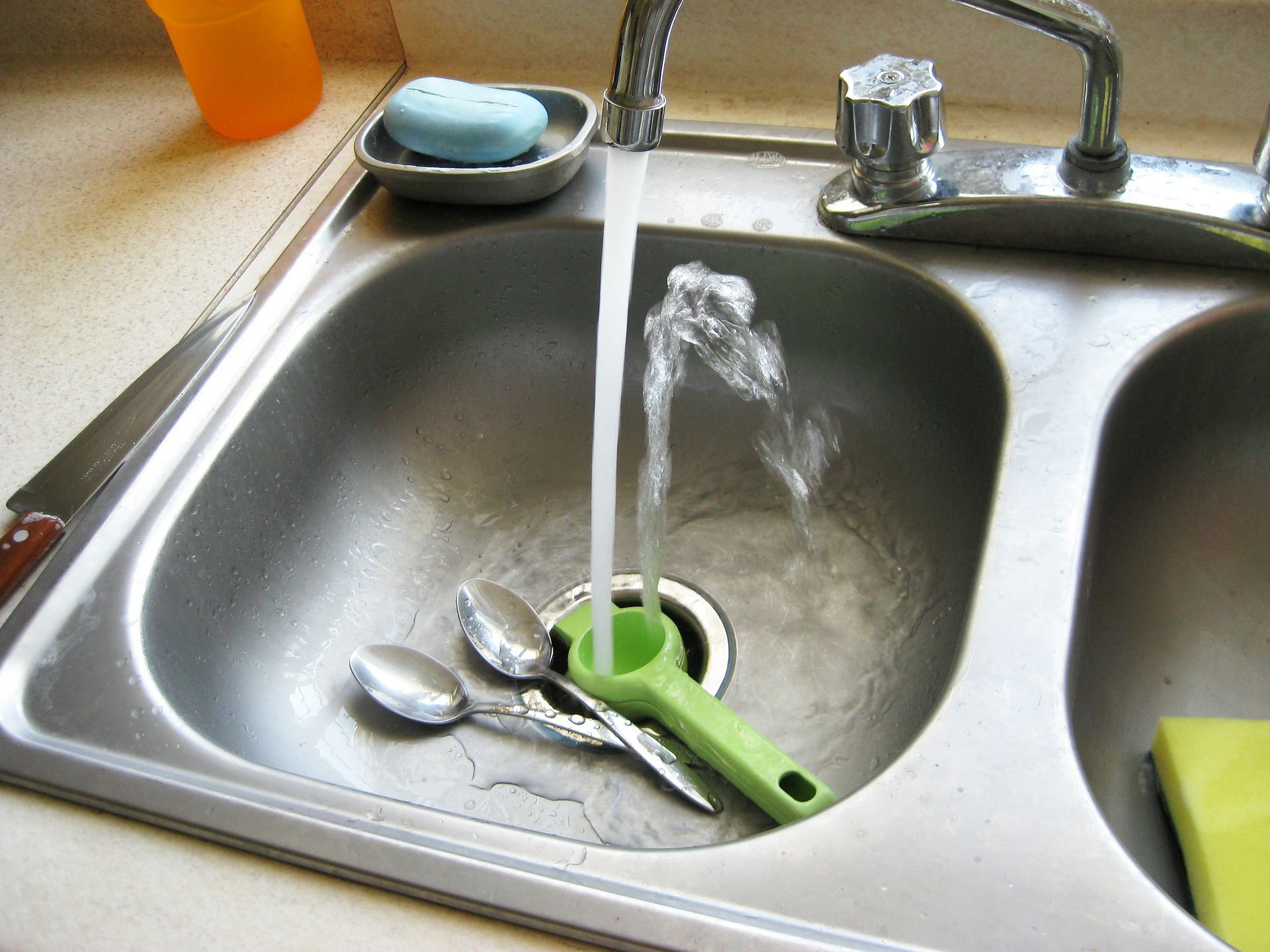 Budget:
Before you start browsing for faucets, it is essential to set a budget. Kitchen sink faucets can range from affordable to luxurious, so it is crucial to determine how much you are willing to spend.
Design:
The design of the faucet should complement the overall style of your kitchen. If you have a modern kitchen, opt for a sleek and contemporary faucet, while a traditional kitchen can benefit from a more classic and elegant design.
Functionality:
Consider how you will be using your faucet. Do you need a high-pressure sprayer for heavy-duty cleaning? Or do you prefer a pull-out sprayer for convenience? Make sure the faucet you choose fits your specific needs.
Material:
Faucets come in a variety of materials, including stainless steel, chrome, brass, and more. Each material has its own unique look and durability, so choose one that fits your style and budget.
Budget:
Before you start browsing for faucets, it is essential to set a budget. Kitchen sink faucets can range from affordable to luxurious, so it is crucial to determine how much you are willing to spend.
Design:
The design of the faucet should complement the overall style of your kitchen. If you have a modern kitchen, opt for a sleek and contemporary faucet, while a traditional kitchen can benefit from a more classic and elegant design.
Functionality:
Consider how you will be using your faucet. Do you need a high-pressure sprayer for heavy-duty cleaning? Or do you prefer a pull-out sprayer for convenience? Make sure the faucet you choose fits your specific needs.
Material:
Faucets come in a variety of materials, including stainless steel, chrome, brass, and more. Each material has its own unique look and durability, so choose one that fits your style and budget.
Installation and Maintenance
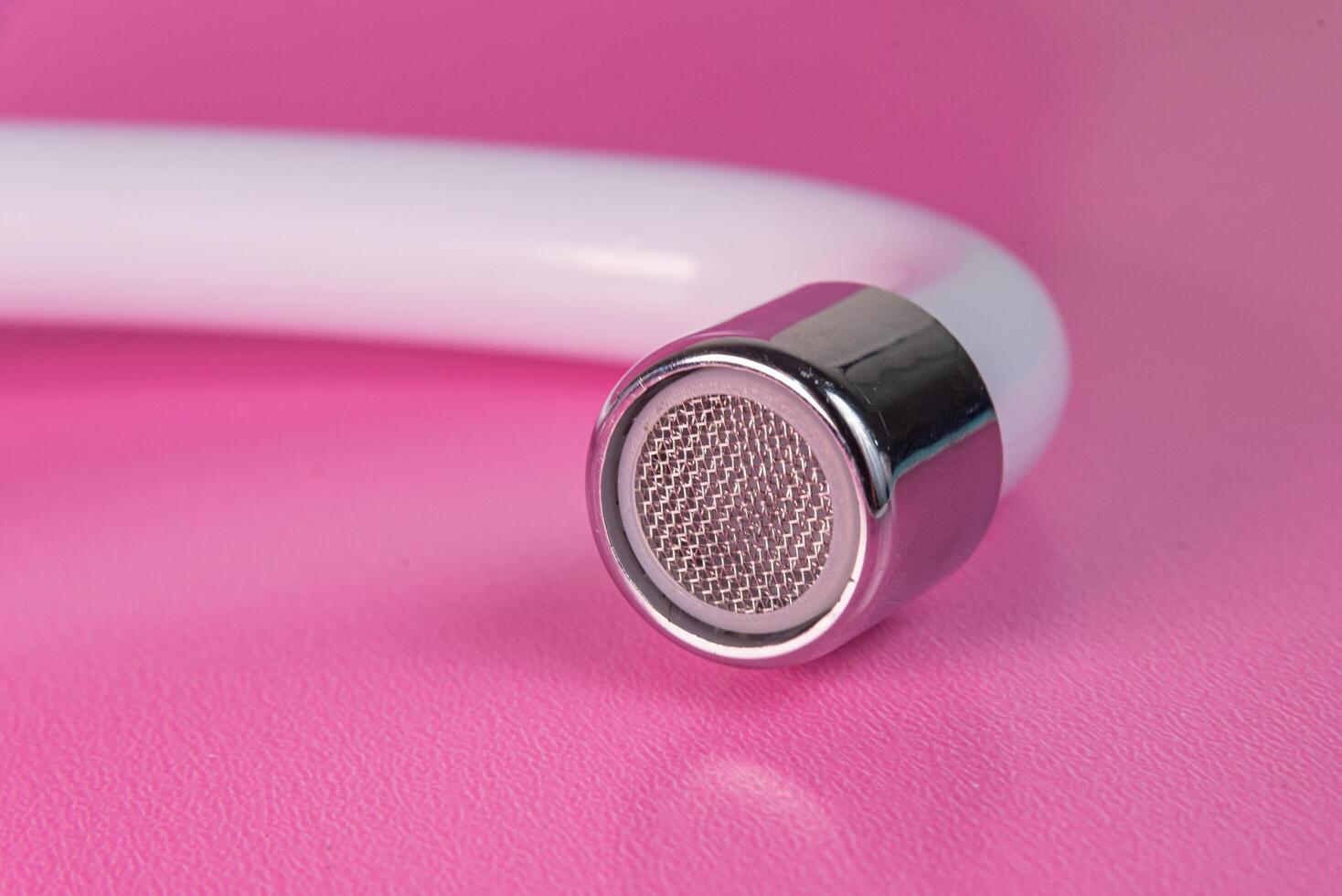 Installing a kitchen sink faucet may seem like a daunting task, but with the right tools and instructions, it can be done easily. If you are not confident in your DIY skills, it is best to hire a professional plumber to ensure proper installation. Once installed, make sure to regularly clean and maintain your faucet to keep it functioning properly and looking its best.
Installing a kitchen sink faucet may seem like a daunting task, but with the right tools and instructions, it can be done easily. If you are not confident in your DIY skills, it is best to hire a professional plumber to ensure proper installation. Once installed, make sure to regularly clean and maintain your faucet to keep it functioning properly and looking its best.
Conclusion
 In conclusion, a
kitchen sink faucet
is an essential element in any kitchen design. It not only serves a functional purpose but also adds to the overall aesthetics of the space. When choosing a faucet, consider your budget, design, functionality, and material to find the perfect fit for your kitchen. With proper installation and maintenance, your faucet will be a valuable addition to your dream kitchen for years to come.
In conclusion, a
kitchen sink faucet
is an essential element in any kitchen design. It not only serves a functional purpose but also adds to the overall aesthetics of the space. When choosing a faucet, consider your budget, design, functionality, and material to find the perfect fit for your kitchen. With proper installation and maintenance, your faucet will be a valuable addition to your dream kitchen for years to come.













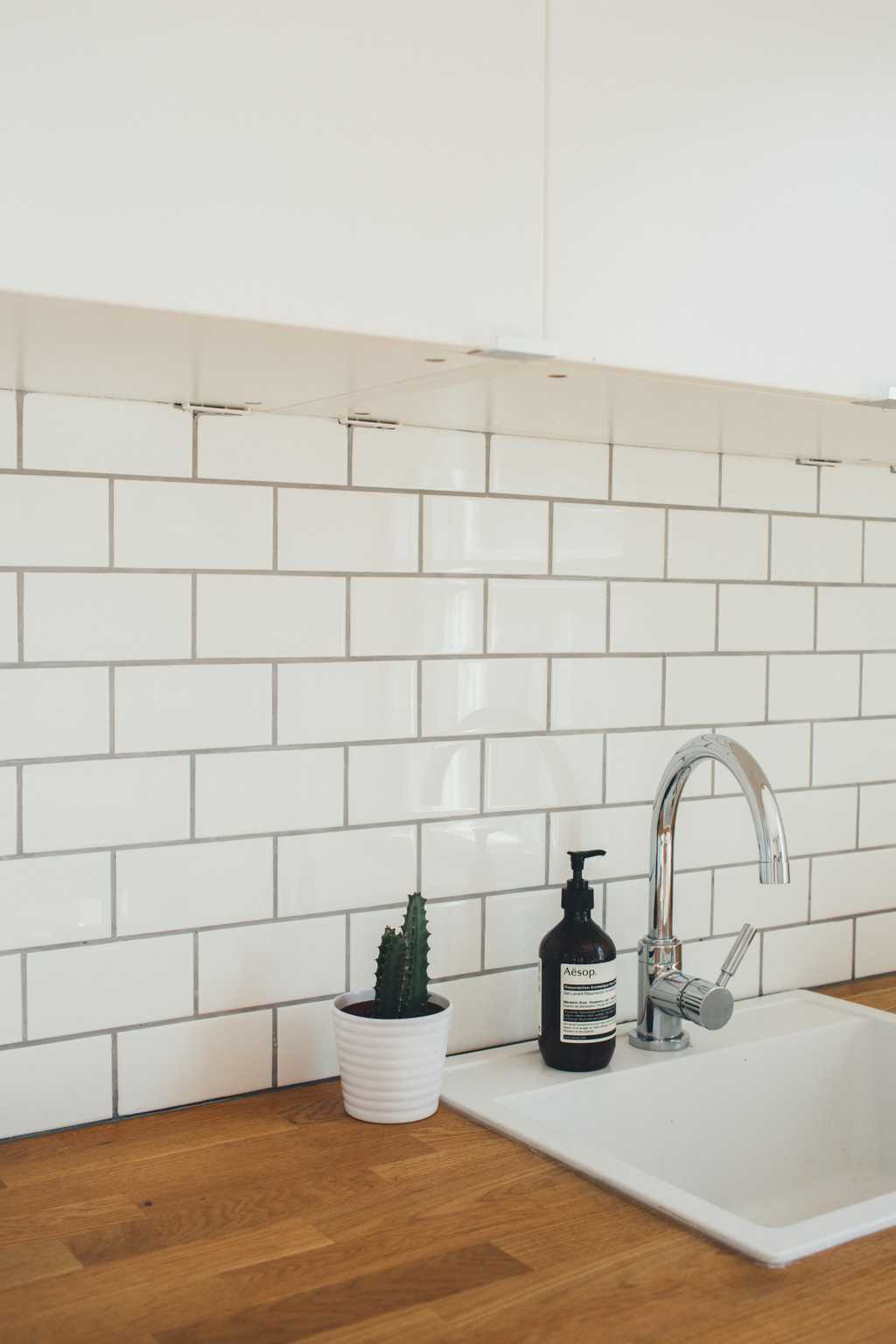





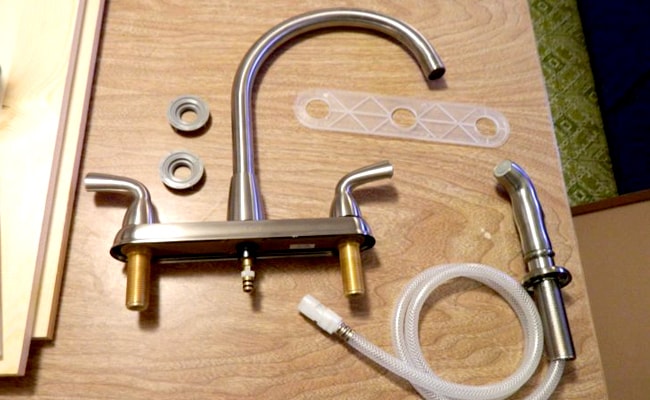



:max_bytes(150000):strip_icc()/51Z56Bb2TfL._AC_SL1001_-6d707f3f9edb4c90bf66aab957bf49c1.jpg)
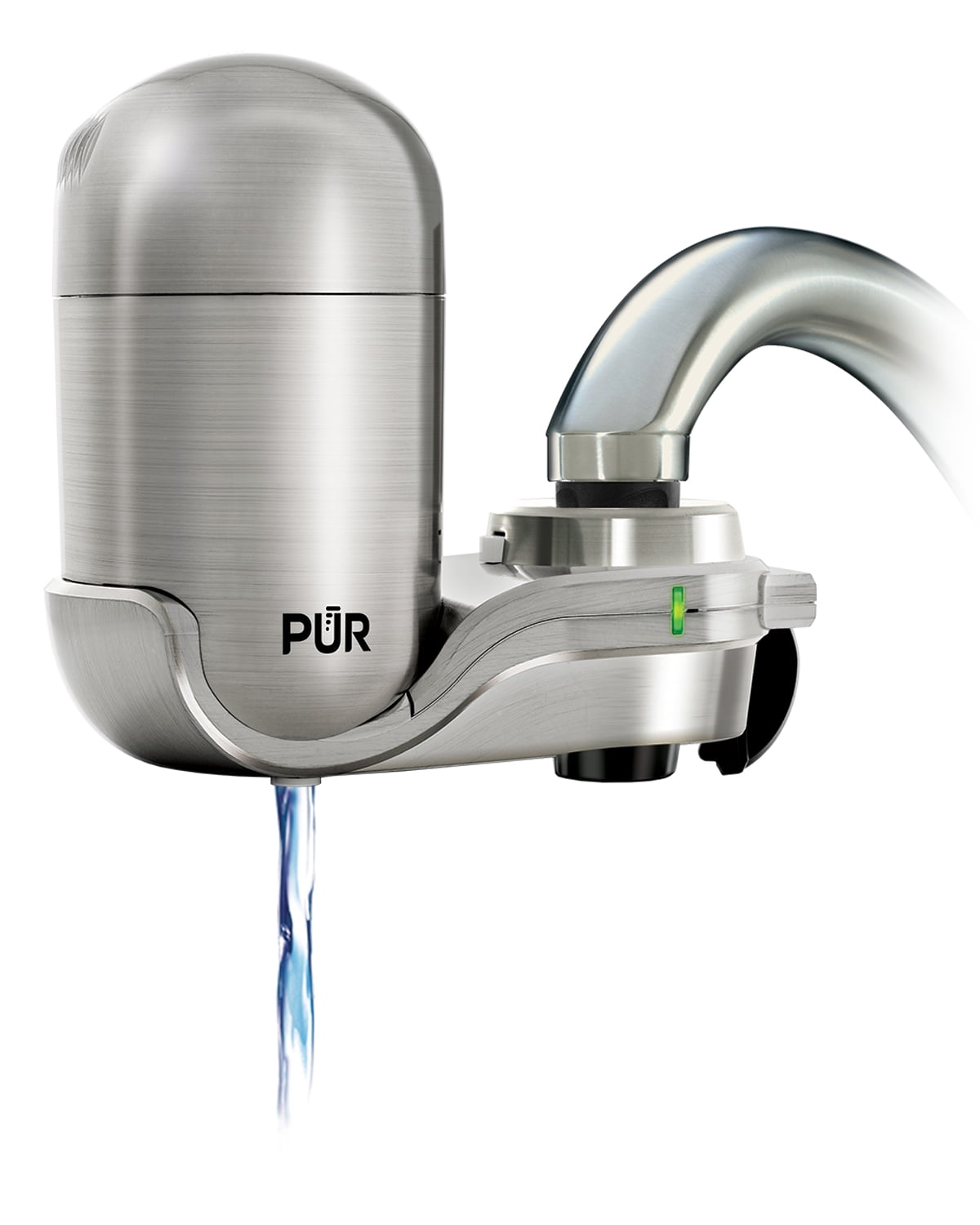


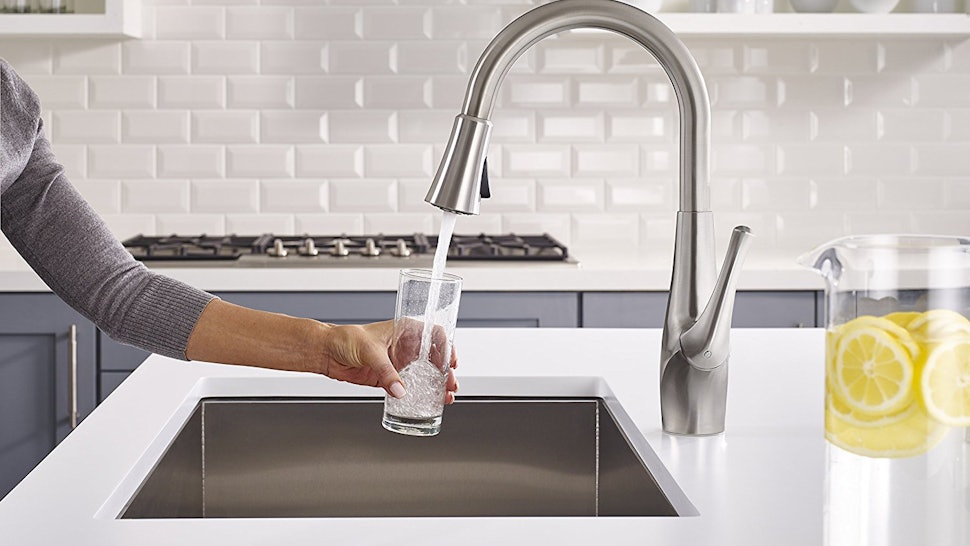















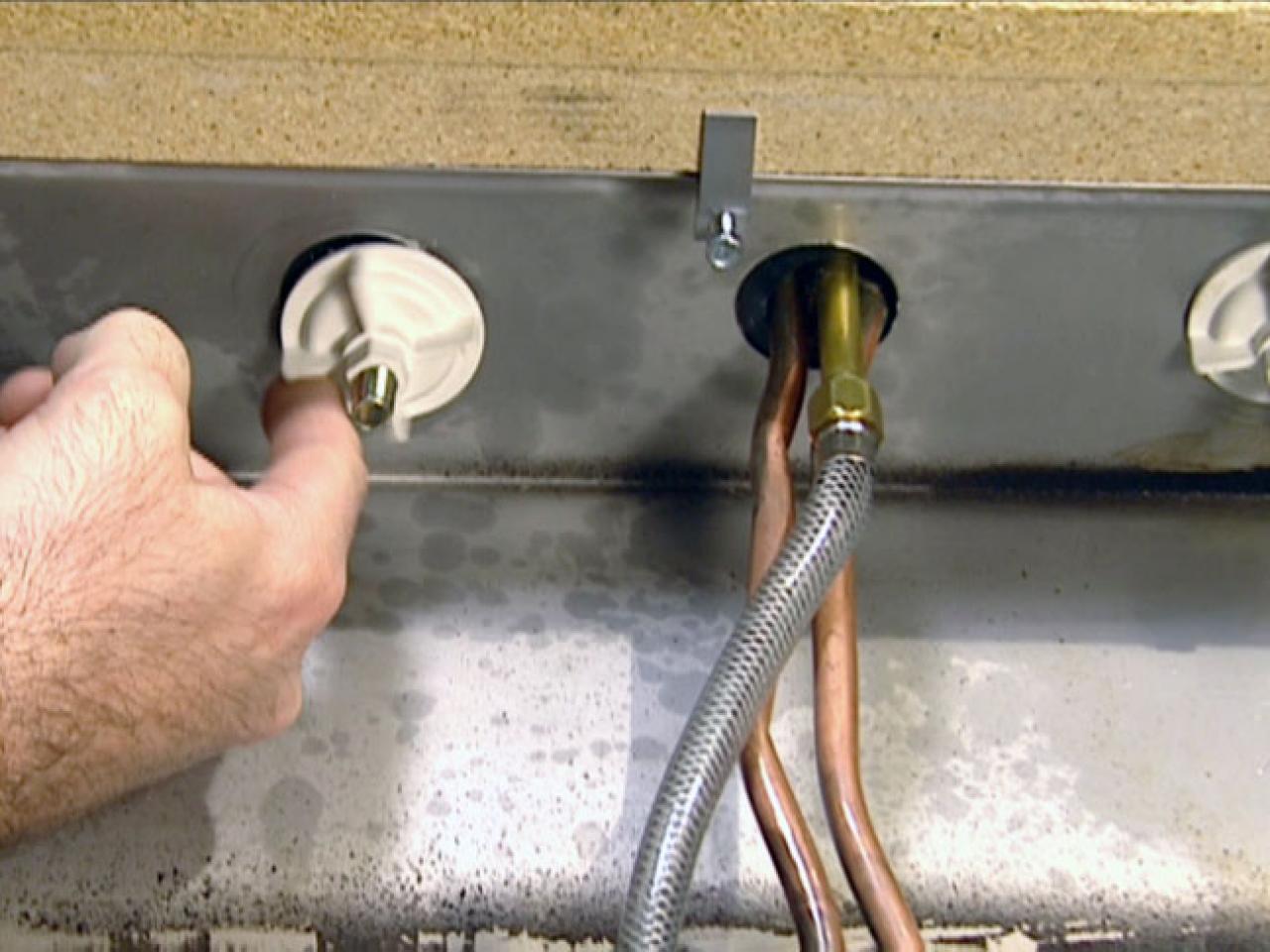


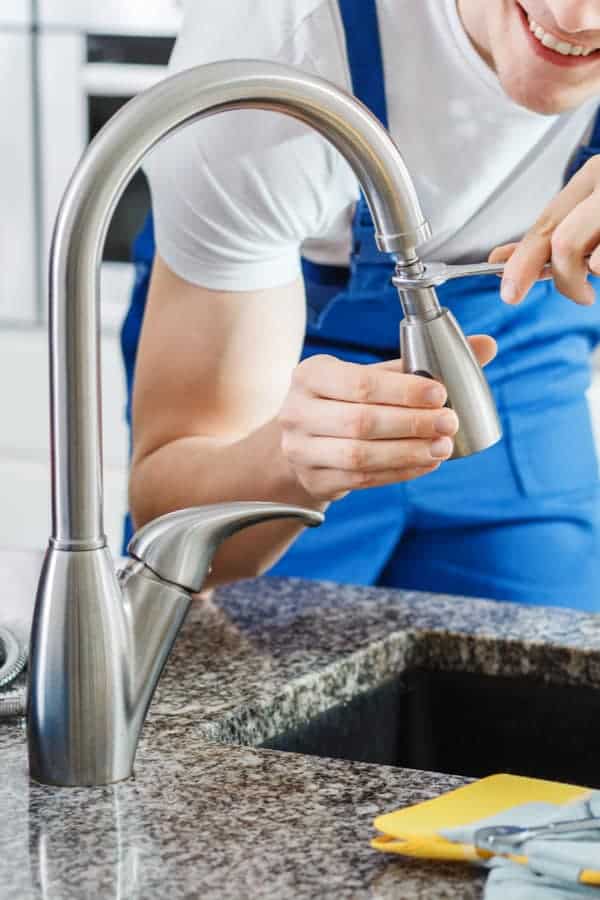




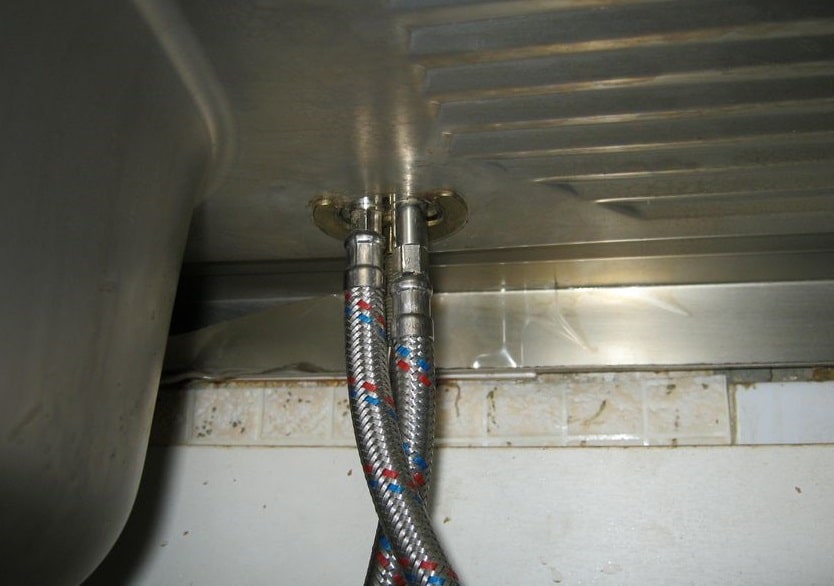



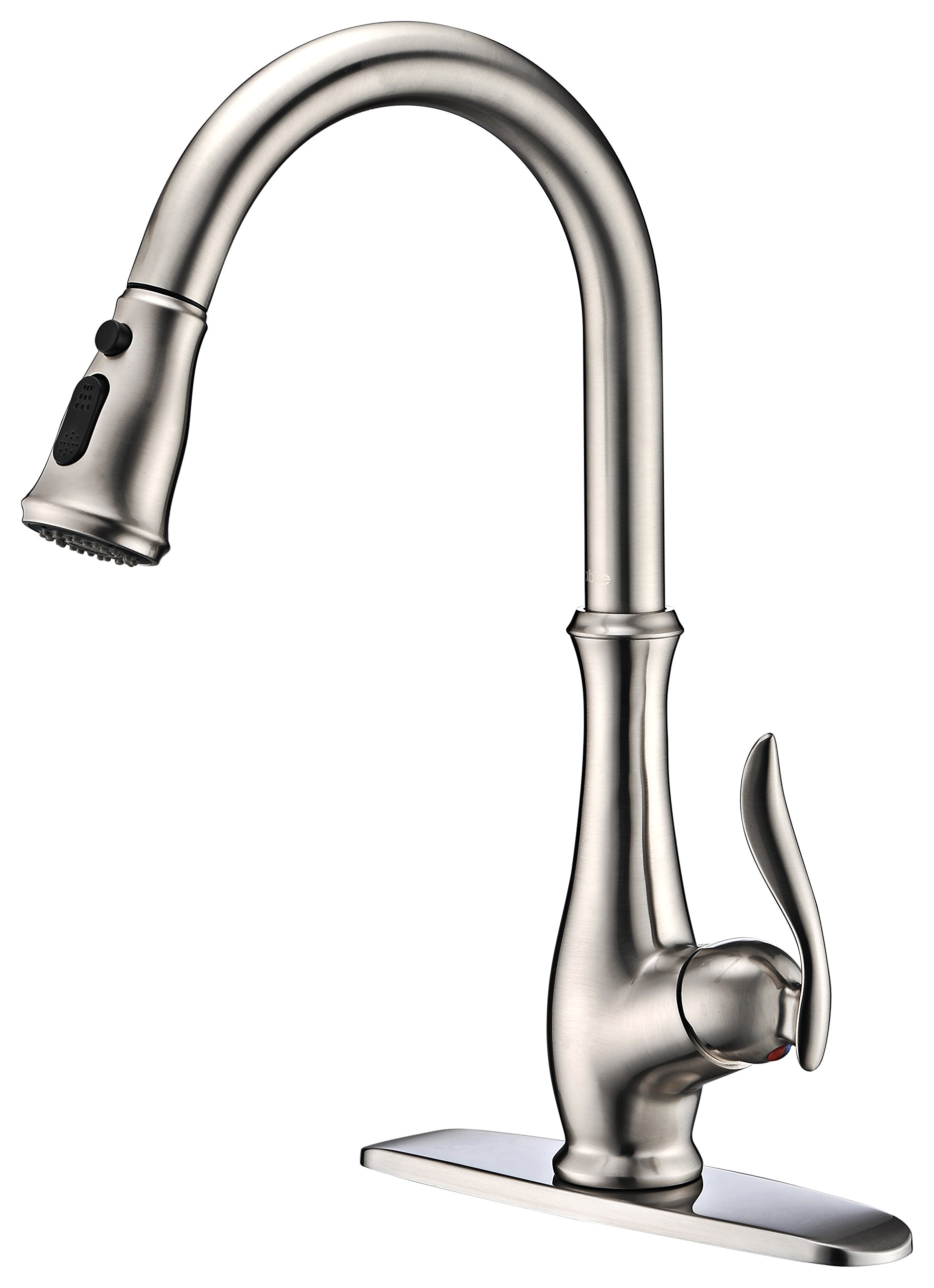

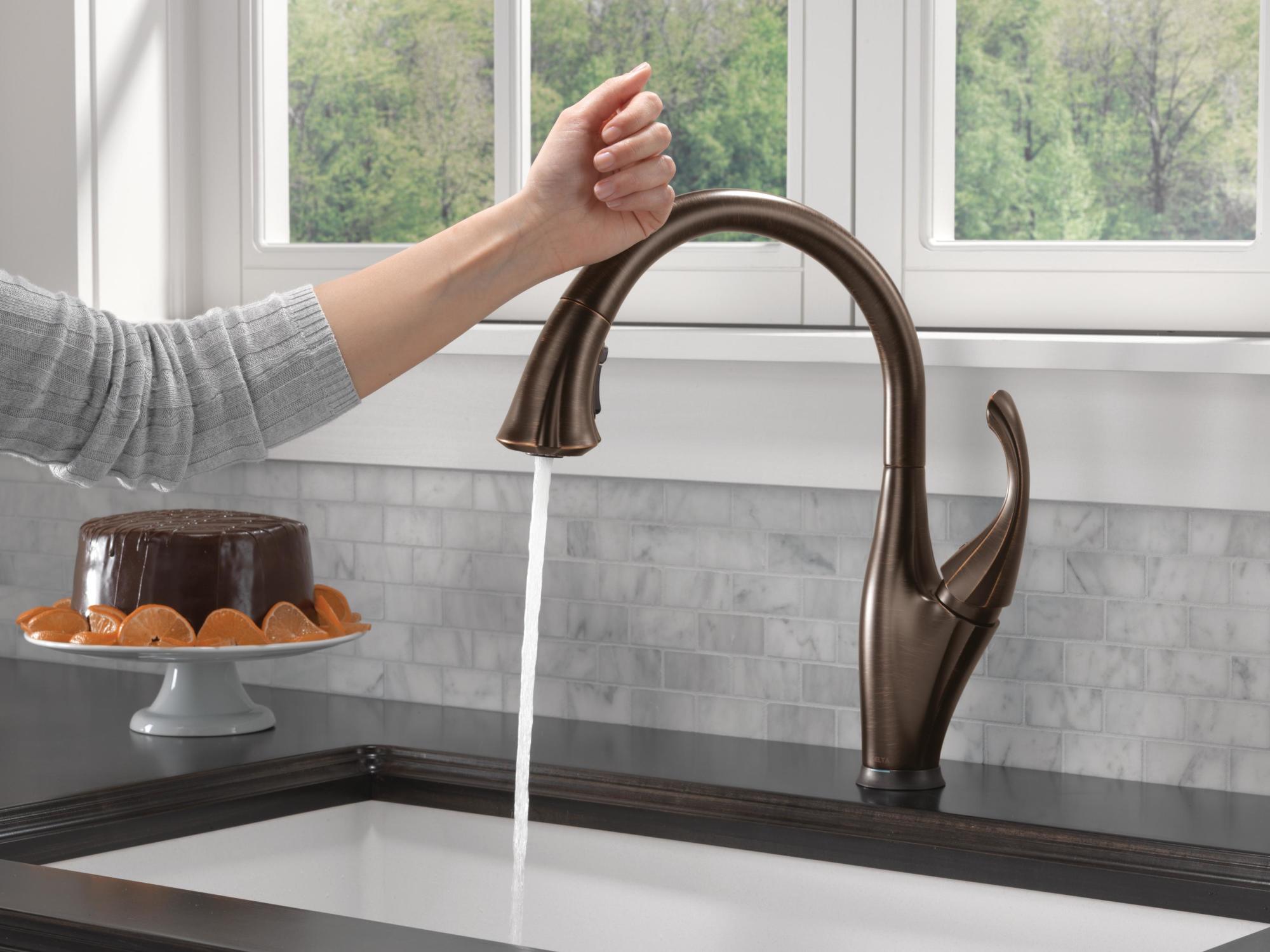


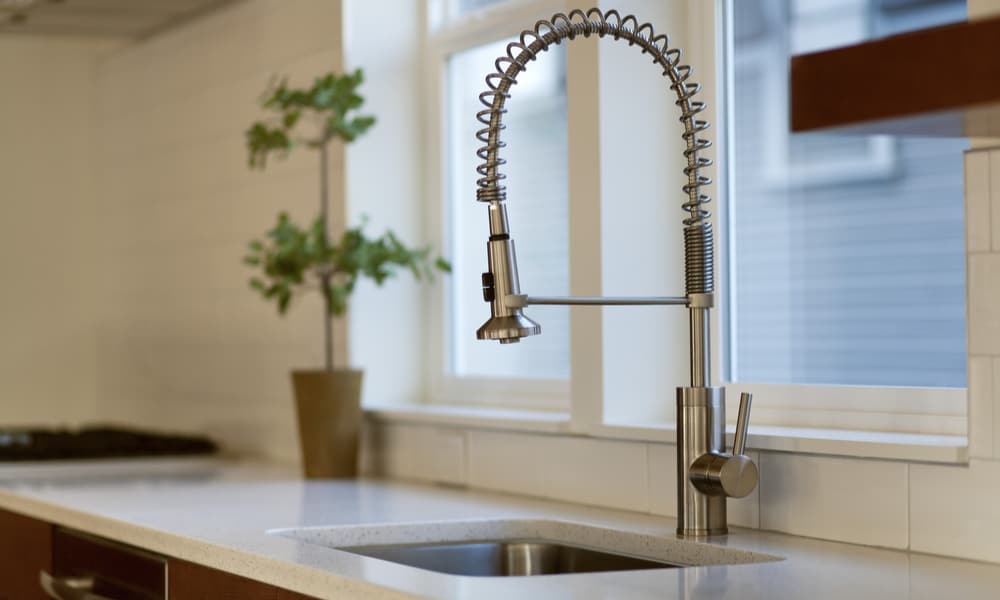


/header-16x19-image-640w-853h.jpg)








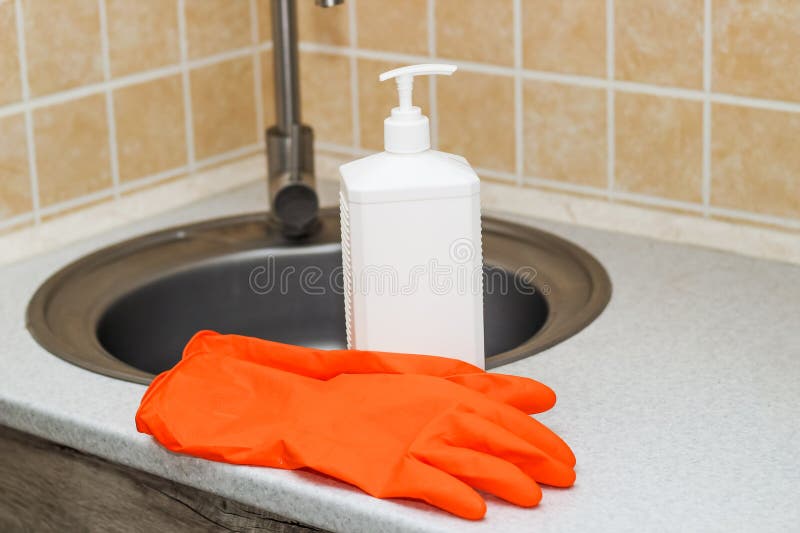
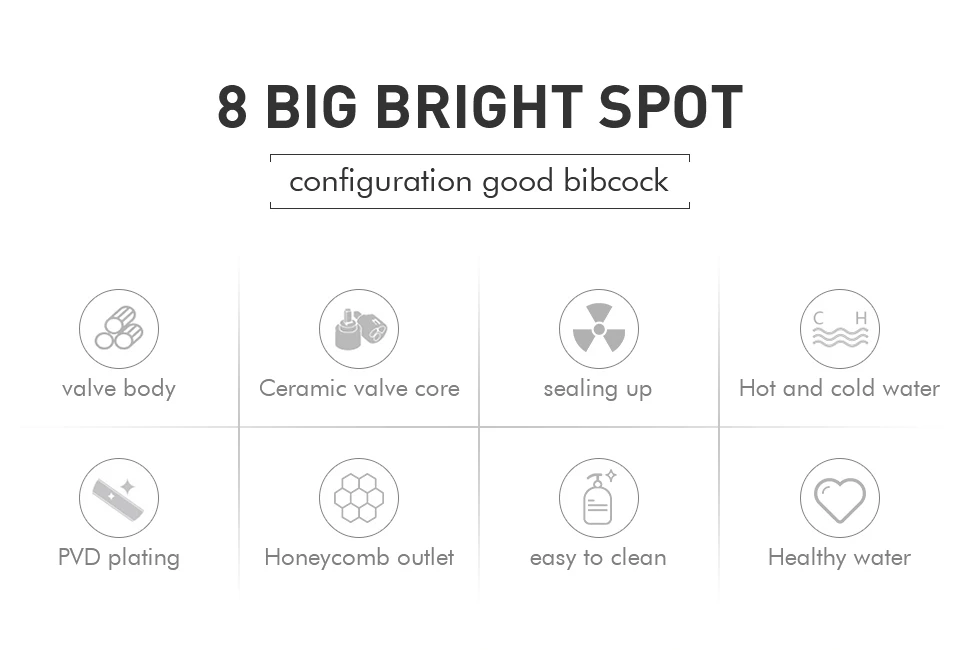



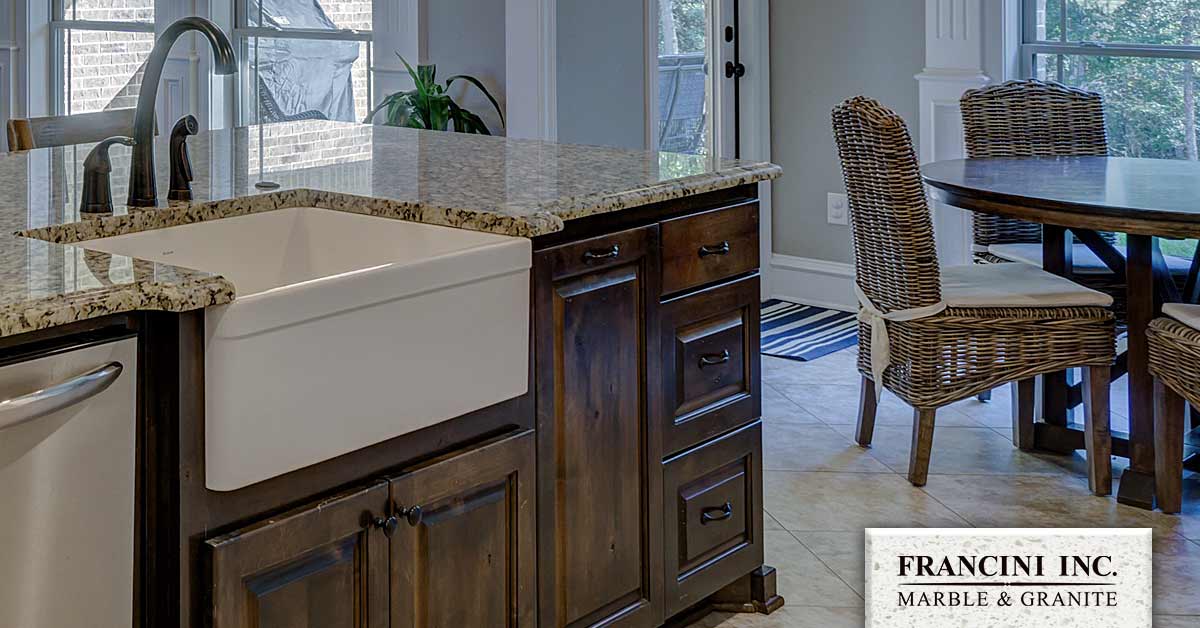

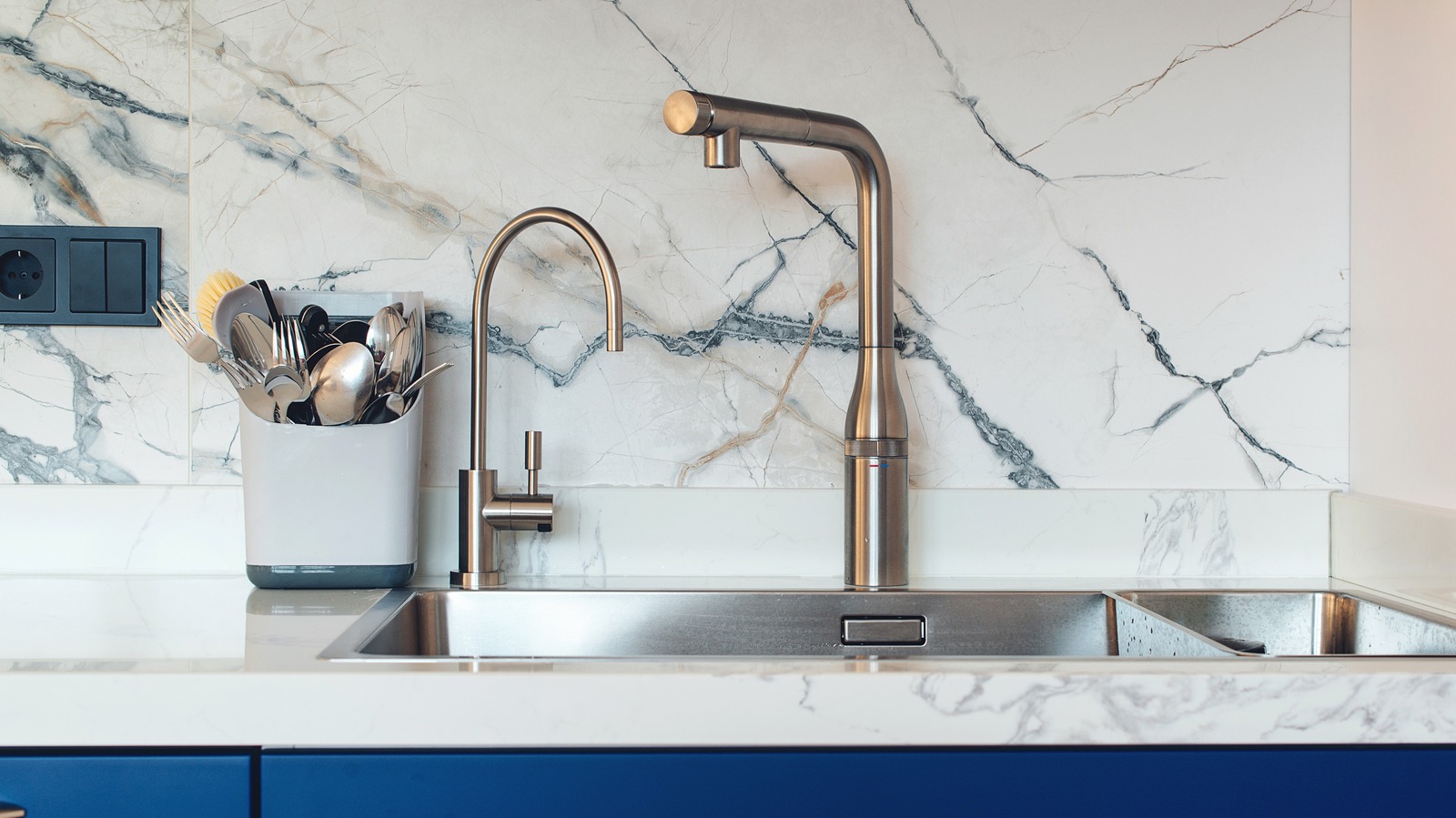




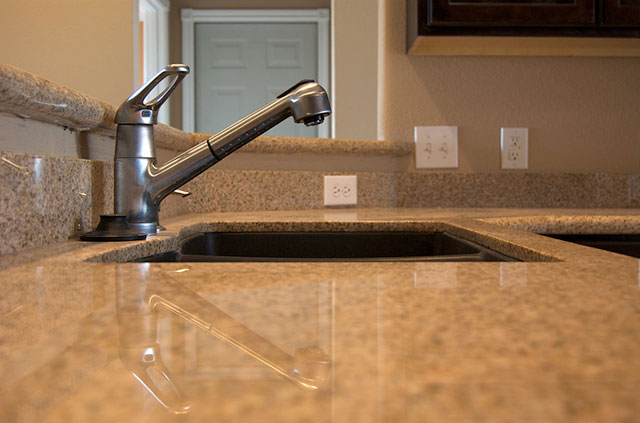

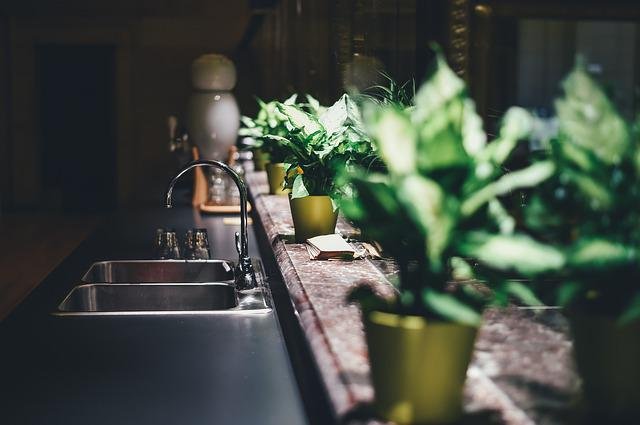




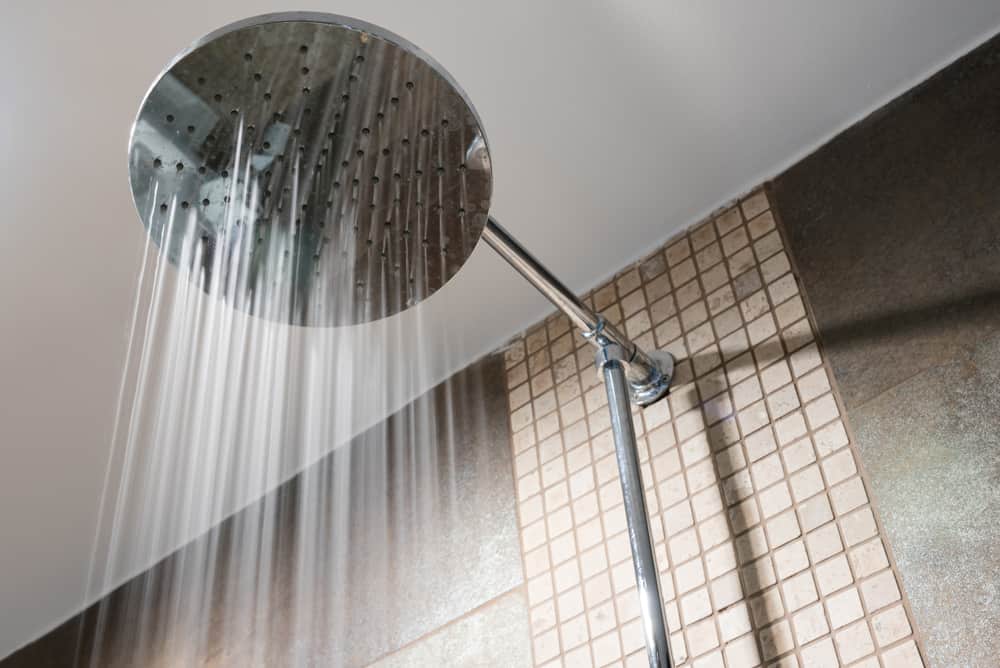

.jpg)




